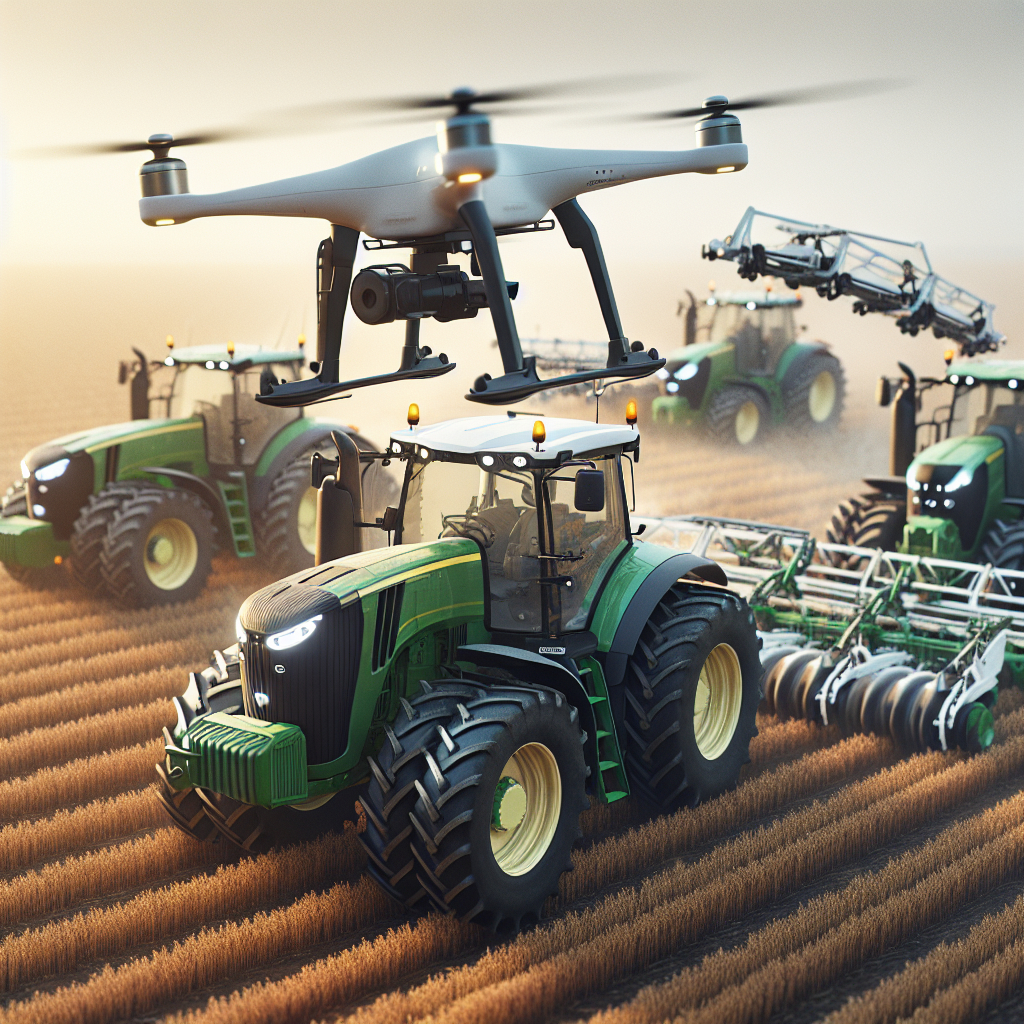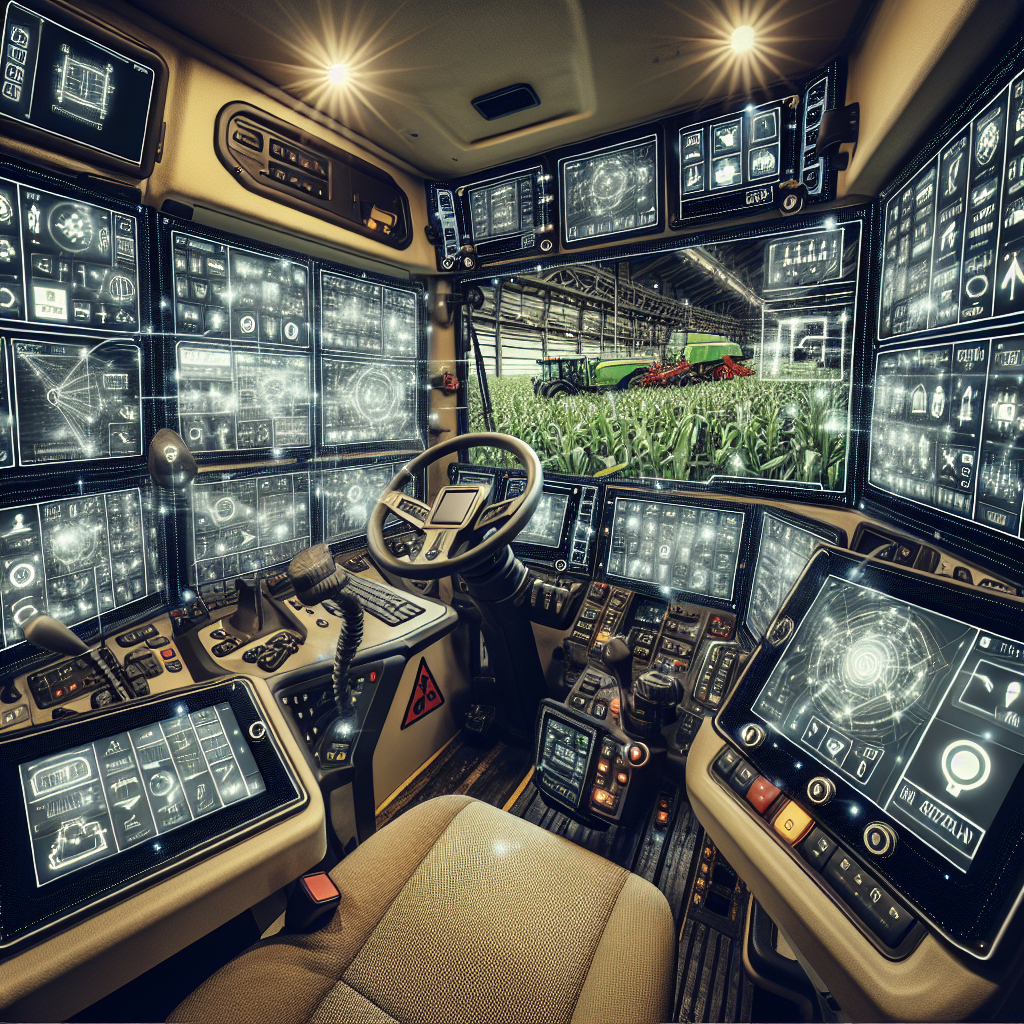In the realm of mechanized farming, colossal machines are redefining the limits of fieldwork. Massive four-wheel drive tractors not only reshape how farmers tackle soil preparation, but also set new standards in efficiency and scalability. From the rolling plains of North America to the expansive fields of Europe and beyond, these engineering marvels are instrumental in feeding a growing global population.
Power and Engineering Advancements
Modern mega-tractors rely on cutting-edge technology to deliver unprecedented levels of performance and reliability. Every component, from the engine block to the final drive, undergoes rigorous development to meet the demands of large-scale agriculture.
Engine Capacity and Towing Power
Developers push piston displacement and turbocharging limits to extract maximum horsepower and torque. Engines exceeding 600 horsepower are now commonplace, enabling these giants to tow implements weighing several tons. High-capacity fuel injection systems and advanced cooling circuits help maintain optimal performance even under the most strenuous conditions.
Transmission Systems and Drivetrain Innovations
Contemporary transmissions combine the best of hydrostatic and mechanical gearboxes. Continuously Variable Transmissions (CVT) allow seamless speed adjustments without interrupting power flow. Four-wheel drive layouts, paired with robust axles and planetary final drives, ensure outstanding traction and durability across uneven terrain. Moreover, electronically controlled differential locks adapt to slippage in real time, preserving forward momentum.
Leading Models and Manufacturers
Several key players dominate the market for the world’s biggest tractors. Their flagship machines are built with premium materials and incorporate the latest agricultural innovation to maximize uptime and return on investment.
- Big Bud 747: Touted as one of the largest farm tractors ever built, the Big Bud 747 offers over 900 horsepower through twin turbocharged diesel engines. Crafted in the 1970s, this behemoth still inspires modern manufacturers.
- Fendt 1167 Vario: A contemporary powerhouse delivering up to 680 horsepower, featuring a state-of-the-art CVT and pioneering automatic guidance systems for precision operations.
- Case IH Steiger Quadtrac: Known for its four independent tracks offering superior ground contact and minimal soil compaction, the Quadtrac lineup reaches upwards of 600 horsepower.
- John Deere 9620R: Equipped with the latest JD18X engine and Continuously Variable Transmission, this tractor achieves both exceptional speed and efficiency in heavy tillage tasks.
- Lamborghini 320 CV: A luxury crop specialist, this model combines Italian style with 320 horsepower and high-tech cabin features.
Each manufacturer invests heavily in R&D to refine cabin ergonomics, improve fuel efficiency, and integrate telematics. Remote diagnostics, predictive maintenance alerts, and software updates delivered via cellular networks ensure that fleets remain operational throughout critical planting and harvest seasons.
Operational Impact and Future Outlook
The integration of these massive four-wheel drive tractors into commercial farming operations has transformative effects on productivity, sustainability, and farm management strategies.
Precision Agriculture Integration
GPS-based auto-steering and section-control sprayers allow for pinpoint accuracy, reducing overlaps and skips. High-resolution sensors monitor soil moisture, nutrient levels, and crop health in real time. By utilizing prescription maps, these tractors can adjust application rates on the fly, achieving optimal input distribution and cutting waste by up to 20 percent.
Environmental and Economic Factors
While these tractors deliver remarkable output, they also foster discussions about sustainability. Advances in engine design aim to meet Tier 5 emissions standards, lowering particulate and NOx outputs without sacrificing power. In addition, track-based models help minimize soil compaction, preserving topsoil structure and runoff patterns. Economically, although initial capital expenditure is high, leasing options and government incentives can offset the cost. Over their lifespan, these machines often yield positive returns through reduced labor, faster operations, and higher overall crop “throughput.”
Emerging Technologies and Automation
Looking forward, the combination of Artificial Intelligence and robotics paves the way for semi-autonomous or fully autonomous tractor fleets. Trial projects are already underway where swarms of driverless tractors collaborate in seeding, spraying, and harvesting tasks. These systems promise to address labor shortages while maintaining consistent quality across vast acres.
By integrating solar-charged batteries for auxiliary power, incorporating advanced telematics for fleet management, and pairing with drones for aerial scouting, the next generation of mega-tractors will continue to drive the agricultural sector toward greater yields and lower environmental impact.









